James Dorward Raitt’s tree
James Dorward Raitt was born on 3 October 1840 in Arbroath to John Raitt and Elizabeth Dorward. He was the middle child of five, sandwiched between two brothers and two sisters. Like his father and younger brother, as well as several uncles and cousins, James was a mariner. The ships he sailed on and some fascinating details about his service are outlined below. Information about other Arbroath mariners can be found on a separate page, as can details of the examination requirements they had to undertake to achieve competency as well as an overview of what it meant to be a Master Mariner - including sailing in the North Sea off Norway, where James was shipwrecked. Details about the merchant service record of his father John Raitt, brother David Dorward Raitt, uncle Alexander Raitt and nephew of the same name will be found on their pages.
----------
As James Raitt, he received his Certificate of Competency number 33.637 as Only Mate given under the Seal of the Board of Trade on 21 March 1865. He was living at 18 Hannah Street, Arbroath at the time gave his date and place of birth as 1840, Arbroath, Forfar. He signed it simply James Raitt. He had passed an Ordinary Examination at Dundee on the 18 March 1865 and the certificate was duly issued at the port of Arbroath on 23 January 1865.
On 26 January 1867 JDR passed the Ordinary Examinations at Dundee for First Mate His Certificate of Competency as First Mate was given under the Seal of the Board of Trade on 29 January 1867, and the certificate, number 33.637, giving his address as 18 Hannah Street, Arbroath and his date and place of birth as 1840, Arbroath, Forfar was issued at the port of Arbroath on 11 February 1867. This time it was issued to, and he signed as, James Dorward Raitt instead of just James Raitt.
Just under two years later he received his Certificate of Competency as Master given under the Seal of the Board of Trade on 29 December 1868. For some reason he was given another Certificate of Competency as Master given under the Seal of the Board of Trade on 2 December 1869. The number of the certificate was again 33.637 and shows that he was then living at 3 Convent Street, Arbroath and had passed an Ordinary Examination at Dundee on the 26 December 1868. This certificate was issued at the port of Arbroath on 29 January 1869.
He had applied for his Certificate of Competency as First Mate on 26 January 1867 in Dundee and paid his 10s. He was living at 18 Hannah Street, Arbroath and stated that he had a previous Certificate of Competence, no. 33.637, as Only Mate. To this application he appended a list of testimonials and statements of service from first going to sea. The list included:
Sundry vessels – total four years
Eliza - registered in Arbroath - rank Able Seaman - from June 1860 – Aug 1860 (i.e 2 months 18 days)
Catchme – registered in Newcastle – rank Able Seaman – from Sept 1860 - Oct 1861 (i.e. 1 year 7 months 1 day)
Harriet - registered in Montrose – rank Able Seaman – from Oct 1861 – Aug 1862 (i.e. 9 months 24 days)
Eva - registered in Arbroath – rank Able Seaman – from Aug 1862 – Sept 1862 (i.e. 1 month 14 days)
Anna - registered in Sunderland – rank Able Seaman – from Nov 1862 – May 1863 (i.e. 5 months 15 days)
Analyst - registered in London – rank Able Seaman – from Nov 1862 – May 1863 – April 1864 (i.e. 11 months)
Sir George Seymour - a ship of 724 tons, built in Sunderland in 1844 and ownded by J. Soames, registered in London – rank Able Seaman under T. Millman – from May 1864 – Feb 1865 (i.e. 9 months 15 days) - destination London - Sydney
Surprise - registered in Arbroath – rank Mate – from March 1865 – June 1865 (i.e. 3 months 2 days)
Texian - a brigantine of 179 tons built in Maryport in 1841, owned by Ferguson Leafle & Co., registered in Arbroath – rank Mate under P. Brown – from July 1865 – March 1866 (i.e. 9 months)
Sir John Laurence - an iron ship of 698 tons built in Sunderland in 1859 and owned by R. Sloman, registered in Aberdeen – rank 2nd Mate under Captain Tidmarsh – from March 1866 – Jan 1867 (i.e. 9 months) - destination Liverpool - India
This gave a total of time of 10 years 2 months spent at sea, of which 5 years days were served for which certificates were produced and 5 years 2 month were served for which no certificates were produced.
In 1862, as J. Raitt, he seems to have been master of the 239 ton barque Danube, built in Dundee in 1856 and owned by Johnson & Co., belonging to the port of Arbroath and on the Dundee - Cape Twon run.
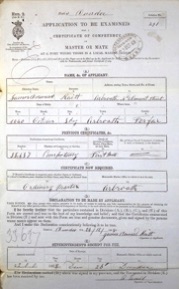
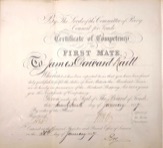
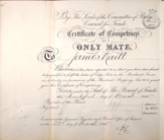
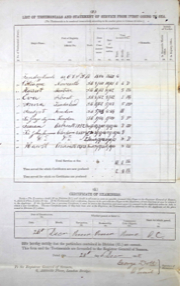
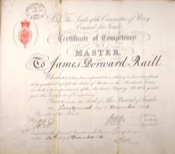
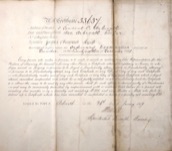
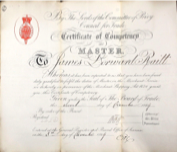
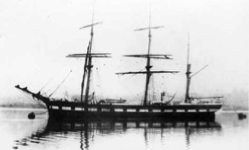
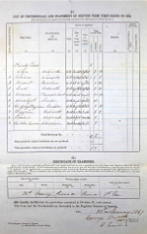
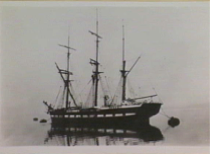
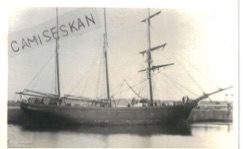
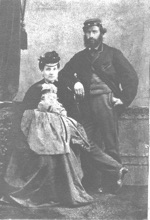
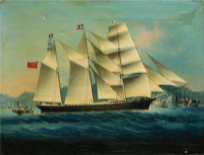
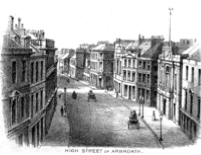
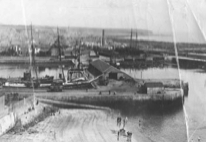
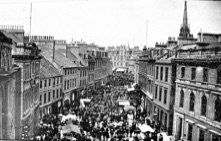
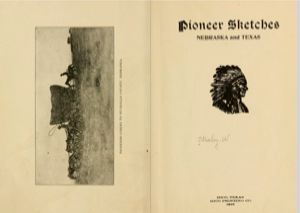
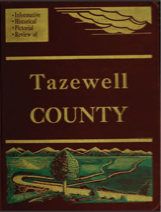
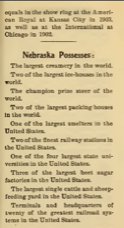
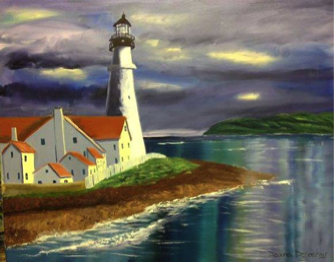
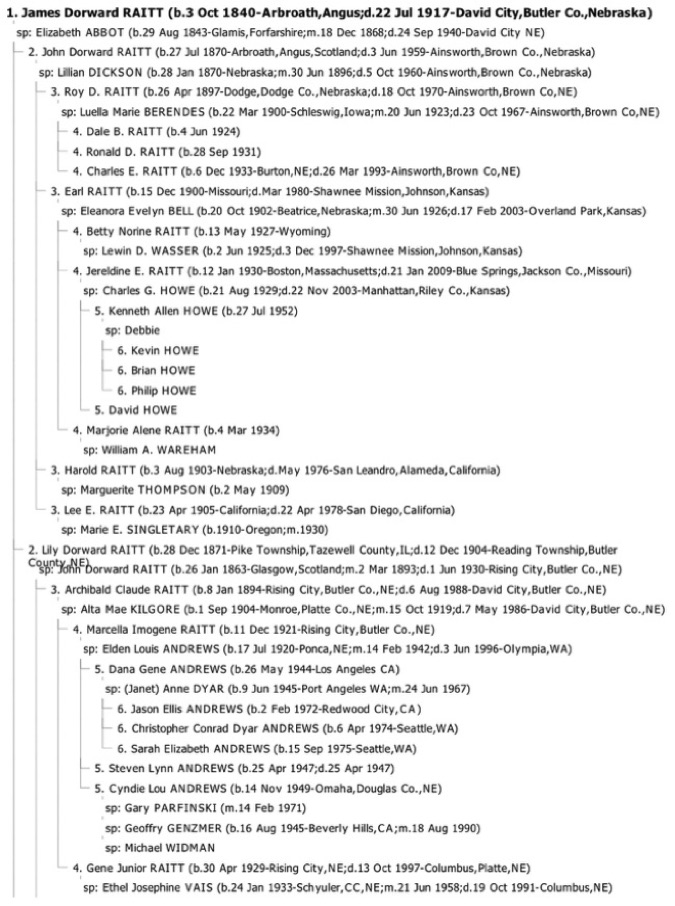
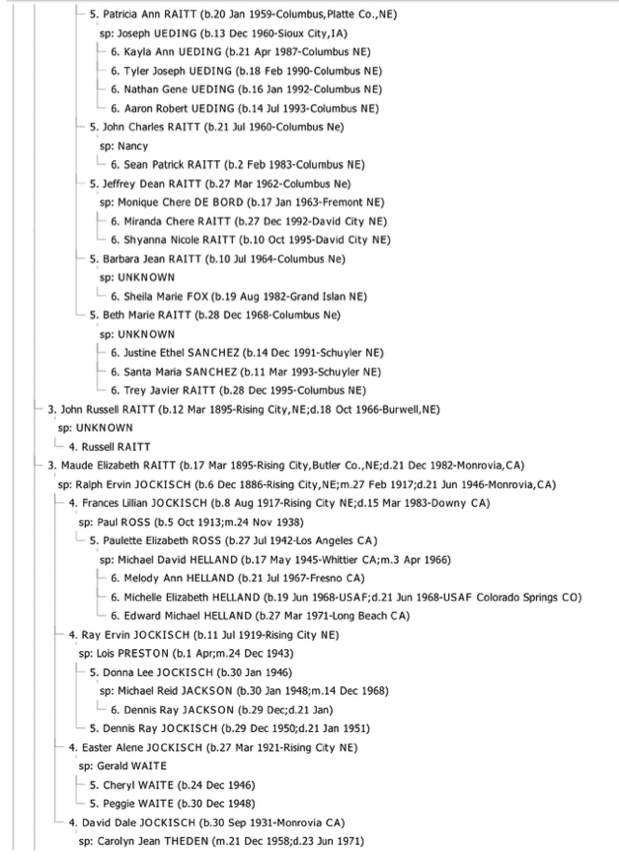
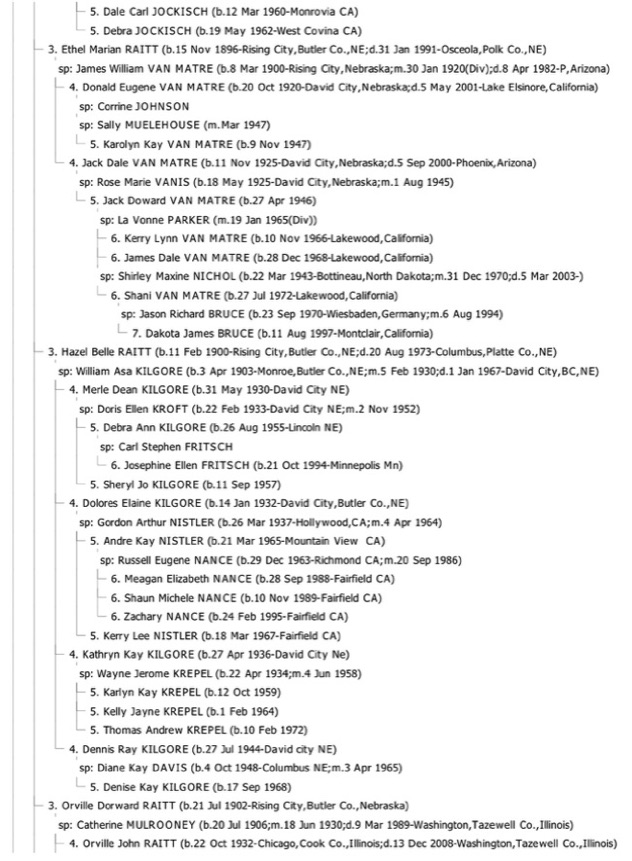
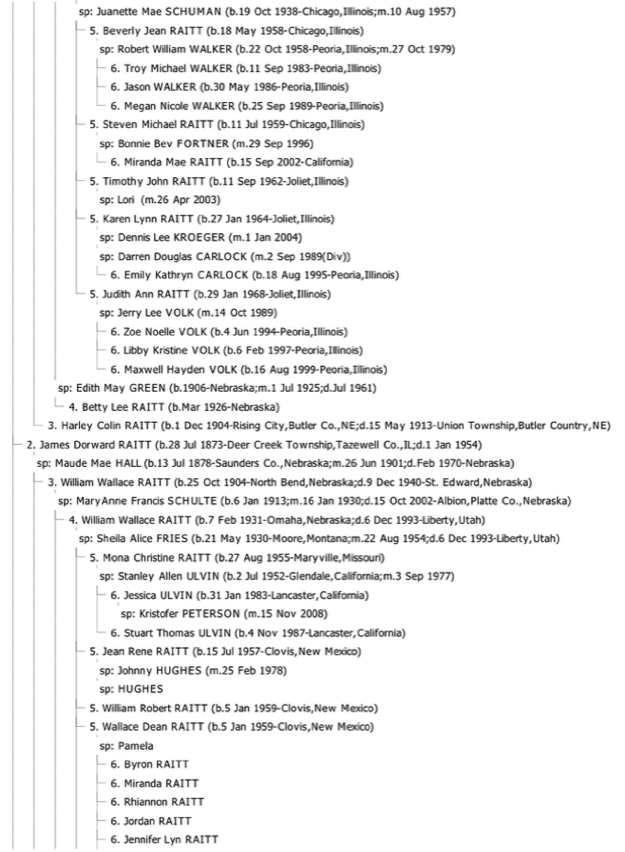
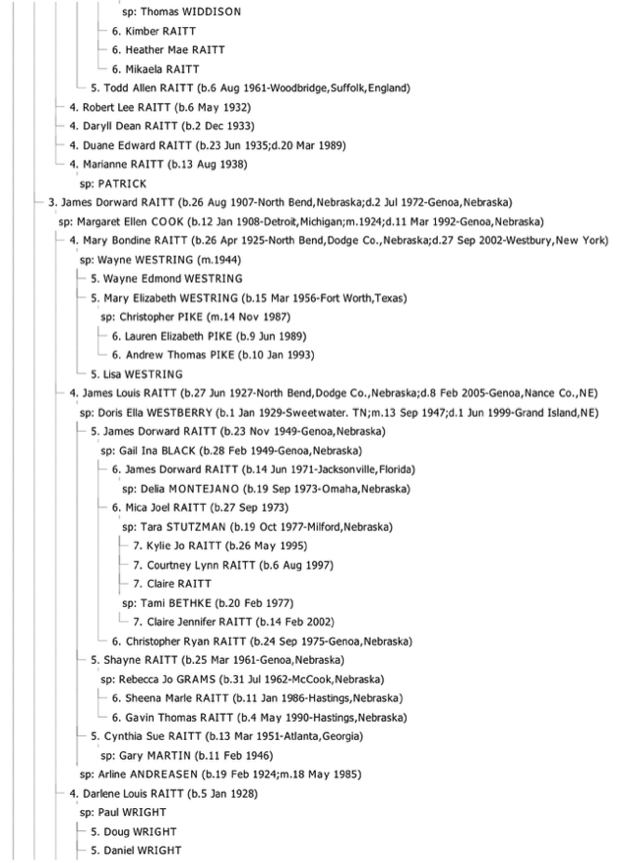
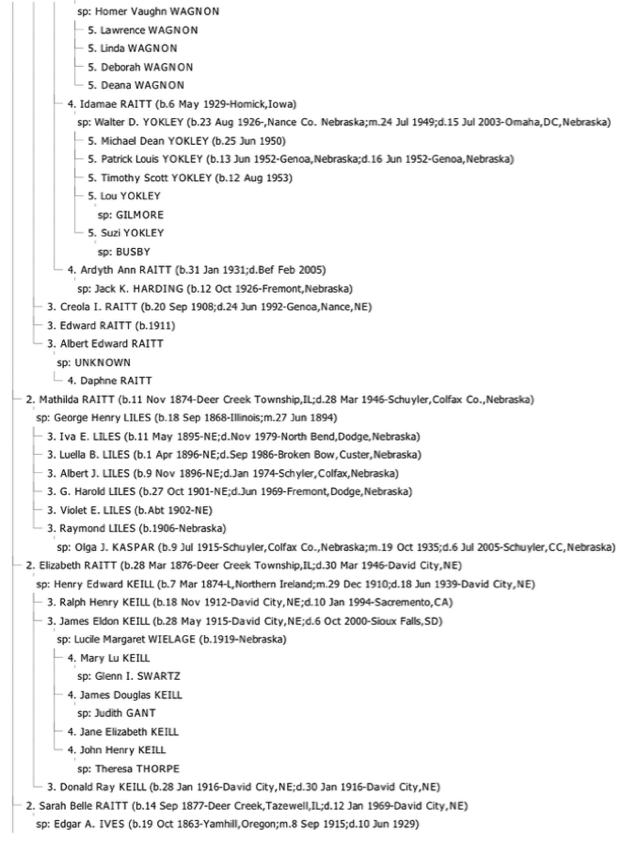
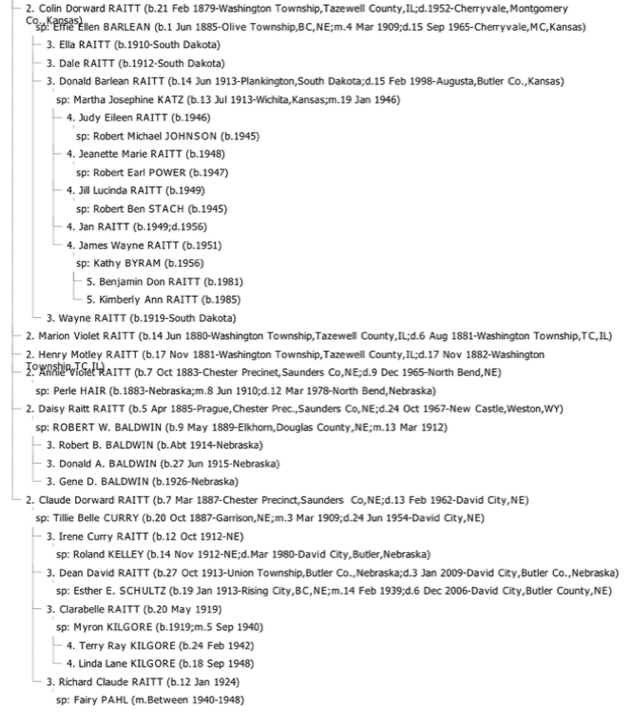
The tree below gives the descendants of James Dorward Raitt though not all details are yet known for all members of the family. In any event more will be added later and errors will be corrected.
Fuller details, as well as photographs, on this branch of the family and descendants, including Crabb and Jockisch can be found on Paulette Elizabeth Anderson’s site.
The family is listed in the 1880 US Census for Washington, Tazewell, Illinois. Household includes James, 39 (b 1841 Scotland); wife Elizabeth, 36 (1844 Scotland), sons John, 9 (1871 Scotland), James, 8 (1874 Illinois) and Colin, 1 (1879 Illinois); daughters Lily, 8 (1872 Illinois), Matilda, 5 (1875 Illinois), Elizabeth, 4 (1876 Illinois) and Sarah B., 3 (1877 Illinois); plus Bridget Mottley, 68 (1812 Scotland), widow, mother-in-law. Actually there is a line drawn through her name, suggesting that she is to be omitted, and what appears to be the word "died".
In the Nebraska State Census Collection 1860-1885, in the census for 1885 living at Chester, Saunders, NE is James D. Raitt, 44 (born Scotland about 1841); Annie (1), Colin (6), Daisy 2m), Elizabeth (41), Elizabeth (9), James (11), John (14), Lily (13), Matilda (10) and Sarah (7).
In the 1900 census for Chester, Saunders Co. NE is J. D. Raitt, age 59, farmer, born Oct 1840, Scotland and wife Elizabeth, aged 56, married 32 years (1868) residence Prague Village, Saunders - in household are Elizabeth, 24; Sarah B., 22; Colin, 21; Anna, 16; Daisy, 15; Claude 13.
In the 1910 census for Butler Co. Nebraska is James D. Raitt, 69 (1841); Elizabeth, 66; Elizabeth, 34; Sarah B., 32; Anna V., 21; Daisy, 28
In the 1920 census for David City Township, 2nd ward Elizabeth Raitt, aged 76, is listed.
In the 1930 census for David City Township, 2nd ward Elizabeth Raitt, aged 86, is living alone.
I have not yet done much work on the family of James Dorward Raitt, however there is a story about his son James Dorward Raitt born in 1873 in Deer Creek, Illinois under Raitt Anecdotes!
----------
The painting below of Arbroath, Scotland is the first oil painting (completed July 2013) by Deana Wright Desjardins. The picture was painted in honour of her great-great-great grandfather, James Dorward Raitt, who gave up his beautiful homeland in pursuit of a safer (non-mariner) lifestyle (farming) in America. Deana writes “I appreciate your sacrificing life at sea so the Nebraska Raitts could thrive as we did.” It is thus appropriate that her vibrant painting finds its place here on James Dorward Raitt’s initial page.
Like his brother David, James was shipwrecked in the North Sea off the northern coast of Sweden. He climbed on a rock and sat there for three days before being rescued – only he and a cabin boy were saved. It was after that that Elizabeth decided that it was time to follow his elder brother, John, to America because she was afraid for him.
Accordingly, James with his wife Elizabeth and their year-old son John and Bridget Motley, mother of Elizabeth, left Arbroath on 14 July 1871 for Glasgow and from thence to New York by steamboat, arriving on 21 July 1871. They then went by train to Chenoa, McLean County, IL. They left there in March 1872 and went to Deer Creek, Tazewell County, IL where James became a farmer. They moved to North Bend, Nebraska in February 1883 and then in 1885 they moved to the farm he bought in Chester Precinct, Saunders Country, NE. (See Down on the farm for details about his farm in the 1880 non-population schedules).
James' daughter Lily was named after the Water Lily, a boat that James sailed in his seafaring days. Crew record lists show him as Master of Water Lily on 2 April 1871, which was docked in London. Also on board were wife Elizabeth and infant son John.
James Dorward Raitt wrote up a brief history of his coming to America, including the birth, marriages and deaths in the family, and recounted a trip back to Illinois in 1907 to set up a gravestone for his two children and mother-in-law buried there. One hundred years later, his great granddaughter, made a similar trip to (re)discover the graves and, in turn, wrote up her story.
In his brief history, James neglected, however, to recount his families experiences with the worst snowstorm ever in 1888 - just a couple of years after they had moved to Chester Precinct. As a seaman, he would have been used to extreme weather, but his wife, Elizabeth, and children were not. Elizabeth told her story of the snowstorm to her granddaughter, Ethel, who wrote it up for a local newspaper some thirty or more years after the event.
This was not the only story that Elizabeth recounted. When she was almost 95 years old, she told the story of her life to Mrs Elmer Scott who wrote it up in the North Bend Eagle.
James died in David City, Nebraska on 22 July 1917, though Elizabeth lived on until 24 September 1940.
James married Elizabeth Abbot on 18 December 1868 in Arbroath and the story of their romance is recorded in the account of Elizabeth’s life. Elizabeth was born on 29 August 1843 in Glamis, Angus - the illegitimate daughter of Bridget Mottley (born about 1812-1880) and John Abbot (1812-1878). Bridget was a flax spinner in Glamis, but moved to Arbroath when Elizabeth was five and became a weaver there. There seems to be no record of Bridget’s birth, but from what I have discovered, her parents seem to have been Joseph Mottley (name at marriage given as Mately) and Margaret Black who married on 30 August 1797 and who had four children, Bridget being the youngest. I am preparing a separate page on the Mottleys.
James and Elizabeth had one child born in Scotland (Arbroath) before they emigrated to America - John Dorward Raitt born on 27 July 1870, though it would appear that Elizabeth was pregnant with daughter Lily Dorward before they left Scottish soil. They went on to have another eleven children in Illinois and Nebraska between 1871 and 1887. James Dorward Raitt’s account of arriving in America is given on a separate page.
----------
In the 1841 Scotland Census James was 8 months old living at 18 Hannah St, Arbroath Lady Loan with his merchant seaman father, John; mother Elizabeth, sister Margaret and brother John. Also there was Susan Croal, his father’s sister.
In the 1851 census for Ladyloan, living at 15 Hannah St are James, 10, housework, his father John Raitt, head, 45, seaman; mother Elizabeth, 42; sister Margaret, 17, powerloom weaver; brother John, 15, machine flax dresser; brother David, 5, scholar; and sister Elizabeth, 1 - all born Arbroath. In the same house is his maternal grandmother Margaret Dorward (nee Philip) and her two unmarried seamen sons brothers David (56) and James (45).
In the 1851 census for North Grimsby, Arbroath is Bridget Mattley, 32, born Arbroath, flax spinner and her daughter Betty Abbot, 8, bon Glamis, scholar. They are in the household of Bridget’s sister Elizabeth and her family.
In the 1861 census - James would have been 21 and was presumably at sea on the Catchme as he does not appear to be listed anywhere.
In the 1861 census for 21 Millgate Loan, Arbroath, is Bridget Motlery, 46, flax mill worker spinner; and her daughter Betsy Abbot, 17, linen weaver.
In the 1871 census, James Dorward Raitt (b 1841, 30) is on the vessel Water Lily, registered in Arbroath, in the registration district Poplar, London, Middlesex. His wife Elizabeth (b 1844, Glamis, 27) and son John (1871, Arbroath, 0) are with him. Also onboard is the Mate, George Nairn, aged 30, b Arbroath and his wife Martha, 27, Arbroath and a cook, David Cordiner, married, age 24, b Fraserburgh.
In the 1872 census for 25 Hannah St, Arbroath is Bridget Motely, 56, factory worker, still living with her sister Bettsy (Elizabeth) and the latter’s daughter, also Elizabeth.
The loss of his ship was obviously not held against James for shortly afterwards he was given command of the Water Lily, schooner, 93 tons, built in Arbroath in 1870, owned by W. Sivewright - a brand new coaster, the launch of which was described in the local press and it gives an excellent idea of the size of the ships that our ancestors sailed all over the world in. I have not fully traced the movements of the Water Lily, which James commanded for about a year before he emigrated to the United States. However, on the 31 March 1871 the Water Lily was in London (with Elizabeth and baby son John onboard). On 16 June 1871, the ship left Cronstadt for Elsinore; and on 4 July 1871, foreign imports comprising 160 tons of linseed cake were entered at the customs house in Dundee having been brought in by the Water Lily from St Petersburgh.
One of James’s other ships was the Sir George Seymour, which was constructed in 1844 sheathed in felt and yellow metal in 1850. The 724 ton vessel was registered in London and sailed for Sydney under Captain T. Millman in 1851. The vessel was used as a convict ship to Australia in the 1840s and later as an immigrant ship in the late 1840s and in 1850.
I have ascertained at least a couple of the ships that James served on right before he emigrated to the United States. In his wife’s account of their early life, James became master of the Rose Bud (a three masted schooner of the White Star line, 92 tons and registered in Arbroath) a couple of days after their marriage on 18 December 1868. He apparently sailed around the world three times in it and on one of those occasions his wife, Elizabeth, went with him. However, I have yet to find these records. Certainly the Rosebud is recorded as at London from Arbroath on 16 February 1869. But while he was master, the Rosebud was wrecked off the coast of Sweden in late 1869 - this event is recalled by Elizabeth Raitt in her life story. I have also found first hand accounts of the incident by James himself in the local press and these will be found under Raitt Wrecks.
(The Rosebud may have been reborn since there was a Rosebud, registered number 58883, a 202 ton three masted vessel that was built in Peterhead in 1869 by Carnegie & Matthews. The Rosebud was engaged in the China tea trade for several years until she was found to be too small. Captain John Collie sold the vessel to Australian owners in 1875. Another Rosebud was then built for Captain Collie in 1876 in Peterhead again by Carnegie & Matthew. The 350 ton three-masted barquentine under Captain Collie went into general trade to South Africa, India, China, Japan, and Australia, as well as North and South America. This Rosebud was wrecked in 1888 at Mossel Bay in South Africa. The image below at left is apparently a postcard of the first Rosebud of 1869 sold on eBay, and the image at right is a painting of the second Rosebud done in 1880. James' brother, David Dorward Raitt also sailed as a boy in 1862 aboard Rosebud - a schooner of 93 tons built in Arbroath in 1860 and involved in Arbroath - Danube trade.)
On 12 June 1867, when he was 2nd Mate, aged 27, aboard the Sir John Lawrence of Aberdeen, we learn that the ship, burthen 879 tons, Master Alex D. Fernie, was in Australian waters travelling from the port of London to Sydney, New South Wales as a crew member. On 1 July 1867 we learn that the vessel was again in Sydney loading and it departed on 13 July (James was listed as Reith). What a coincidence that his brother David Dorward Raitt had been in the same waters just a few months earlier. Maybe they had even passed each other somewhere on the high seas.
He had made the same trip a year earlier - being in Australian waters on 13 July 1866 (again as Reith and with Alexander Fernie as Master). The Daily Southern Cross reported the arrival of the ship in Auckland on 23 April 1866, but thereafter no further details are given until we see in the West Coast Times for 21 June 1866 that the Sir John Lawrence departed for Sydney. Since the shipping intelligence reports of comings and goings are usually highly detailed, one can only assume that the vessel had been in the port for two months – which was probably unusual and may indicate she had suffered some damage. The ship may have called in at the port of Grey on the west coast of South Island on the way because the Grey River Argus reported on 23 June 1866 under the heading English Shipping that the Sir John Lawrence had departed for Sydney. The Daily Southern Cross reported on 25 June under English Shipping News (corrected to April 26) that the Sir John Lawrence and the Sir William Wallace, both from Deal (Kent, England), had both departed for Sydney on 6 April 1866 – it is not clear from where – perhaps the port of Kaipara. The ship, 879 tons, was cleared for London on 21 September 1866 and departed from Sydney on 24 September.
James’s ship on his applications is spelled Laurance - whether that is a typo for Lawrence I am not sure and it appears to be registered in Aberdeen. And it is under Lawrence mainly (once as Laurence) that the reports of Mariners and Ships in Australian Waters enters it - the registry in each case is Aberdeen. Lloyds Register lists two ships named Sir John Lawrence, both constructed in 1859; one iron of 698 tons, and one of 1090 tons with two decks; sheathed with yellow metal in 1859 and fastened with copper bolts. The port of registry, though, for the former was London; and for the second Liverpool. This latter vessel sailed for India in 1859 and was probably the one that later arrived in Adelaide with 271 government immigrants.
He had applied for his Certificate of Competency as Ordinary Master on 24 December 1868 at Dundee, giving his address as 3 Convent St, Arbroath and his date of birth as 3 October 1840. He already was in possession a Certificate of Competency no. 33.637 as First Mate and he had paid the fee of £2. To his application he attached a list of testimonials and statements of service from first going to sea. The list included most of those in the previous list he had produced for First Mate, with some additional date details:
Sundry vessels – as Ordinary Seaman and Able Seaman – from 1856 – 1860 – total four years
Catchme – registered in Newcastle – rank Able Seaman – from Sept 1860 - Oct 1861 (i.e. 1 year 7 months 1 day)
Harriet - registered in Montrose – rank Able Seaman – from Oct 1861 – Aug 1862 (i.e. 9 months 24 days)
Eva - registered in Arbroath – rank Able Seaman – from Aug 1862 – Sept 1862 (i.e. 1 month 14 days)
Anna - registered in Sunderland – rank Able Seaman – from Nov 1862 – May 1863 (i.e. 5 months 15 days)
Analyst - registered in London – rank Able Seaman – from Nov 1862 – May 1863 – April 1864 (i.e. 11 months)
Sir George Seymour - registered in London – rank Able Seaman – from May 1864 – Feb 1865 (i.e. 9 months 5 days)
Texian - registered in Arbroath – rank Mate – from 12 July 1865 – 27 Feb 1866 (i.e. 7 months 15 days)
Sir John Laurence - registered in Aberdeen – rank 2nd Mate – from 31 March 1868 (obvious error for 1866) – 21 Dec 1866 (i.e. 9 months)
Sir John Laurence - registered in Aberdeen – rank 2nd Mate – from 6 March 1868 (obvious error for 1867) – 15 Nov 1867 (i.e. 8 months 7 days)
Hawk - schooner of 101 tons, built in Montrose in 1840, owned and captained by Chalmers, registered in Arbroath – rank Mate – from 20 Feb 1868 – 12 Nov 1868 (i.e. 8 months 21 days) - involved in Baltic trade
This gave a total of time of 11 years 1 month and 18 days spent at sea, of which 2 years 9 months 13 days were served for which certificates were produced.
